By Dr. Gil Dekel.
Hue, saturation, and brightness are characteristics of colours.
Hue is another word for colour. The hue (colour) is the dominant wavelength that we see, for example: red, blue, green.

Hue chart. Hue is another word for colour.
Saturation is the intensity of the colour. It is how vivid and pure a colour is. This is determined by the amount of grey colour that is present.
For example, when grey colour fully exists in red colour, then the red colour is not saturated. It is de-saturated.
When there is no grey colour at all, rather only the red colour exists, then the red is highly saturated – it is pure and vivid.
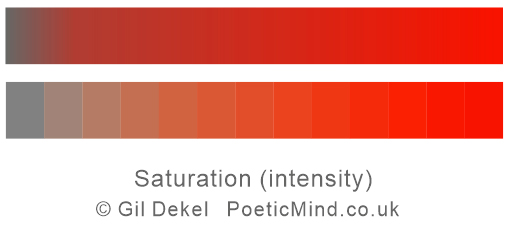
Saturation chart for red colour (shown as a streamline illustration as well as a steps illustration). Saturation indicates how much grey colour exists in another colour.
Brightness is how much dark (black) or light (white) exist in a colour. For example, when full black is present in red colour, then the red is not bright. It is dark.
When full white dominants, then the red colour is fully bright.
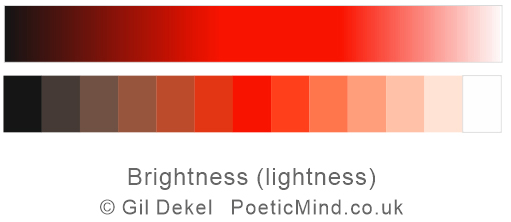
Brightness chart for red colour (shown as streamline illustration, as well as steps illustration) Brightness is how much dark (black) or light (white) exist in a colour.
Hue, saturation and brightness can be represented as a cone.
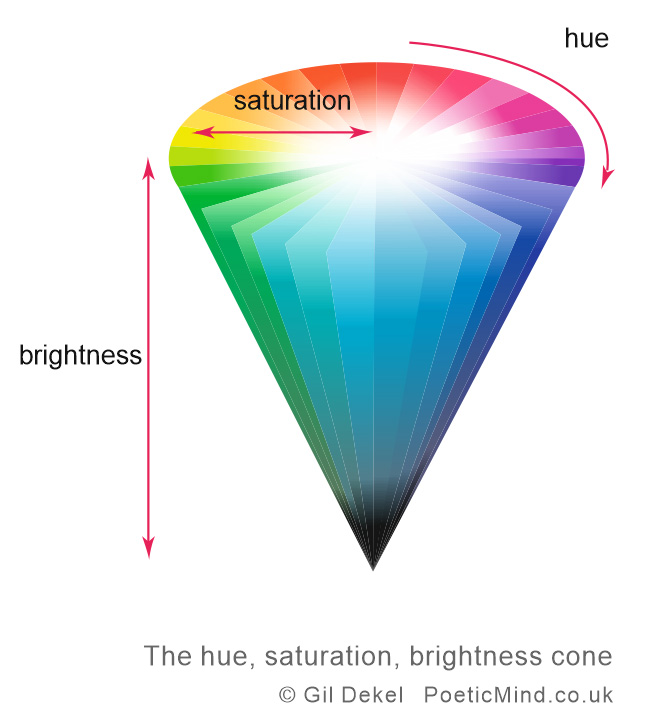
The Hue, Saturation, Brightness cone.
Dr. Gil Dekel teaches on the Open University’s Design Thinking course.
© Gil Dekel. 3 April 2016.
Further reading:
colour; characteristics of hue, saturation, and brightness. [Video]. Britannica Academic. Retrieved 27 March 2016, from http://academic.eb.com/EBchecked/media/158924/Colours-result-from-the-electromagnetic-radiation-of-a-range-of

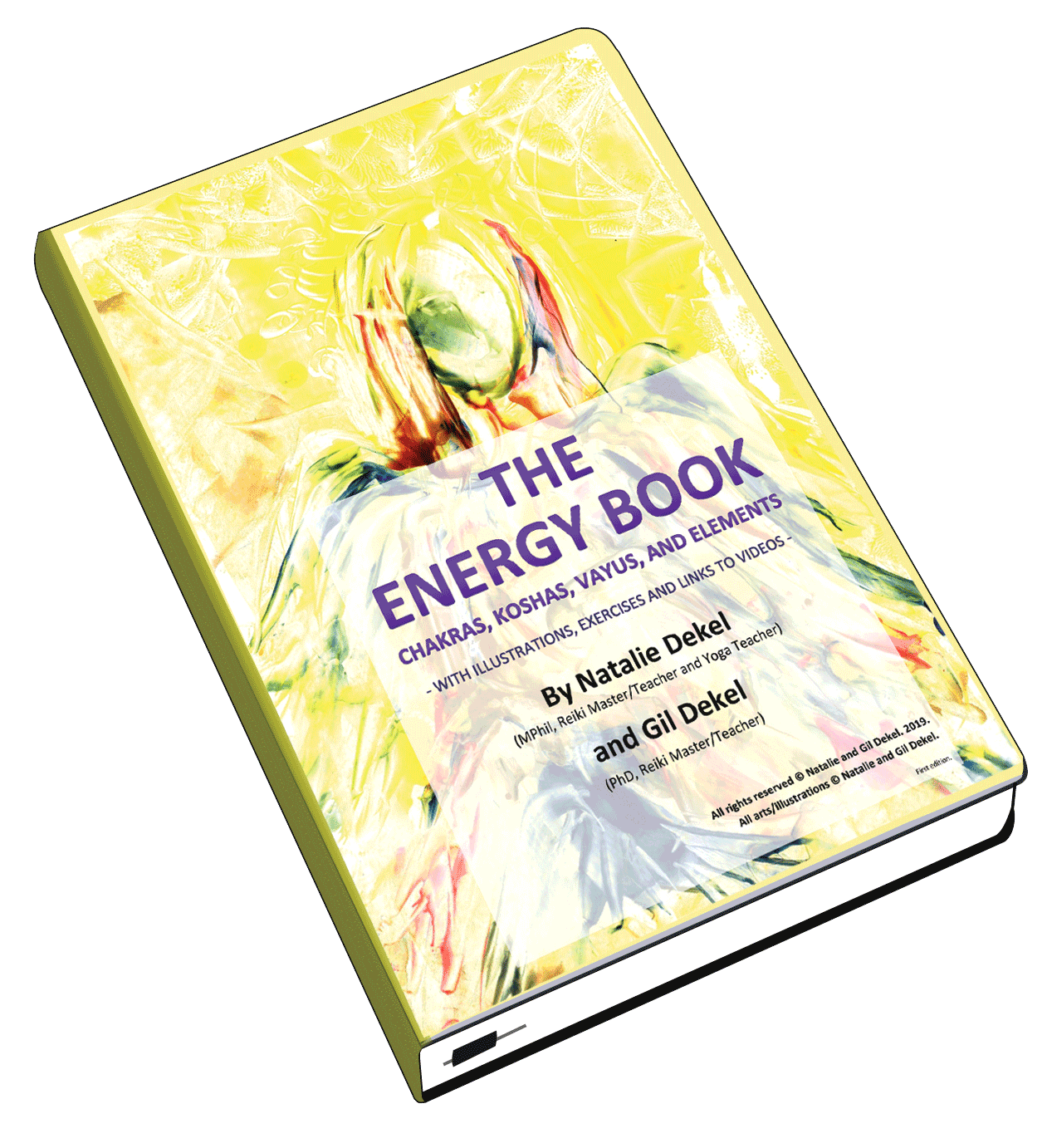
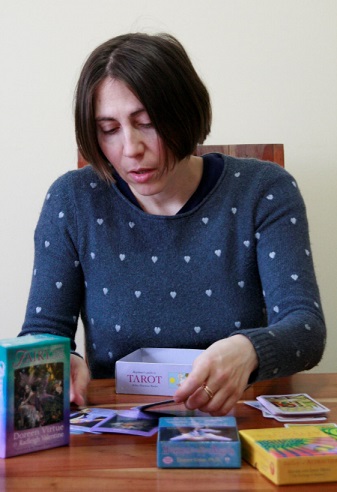 - Reading with Natalie, book here...
- Reading with Natalie, book here...